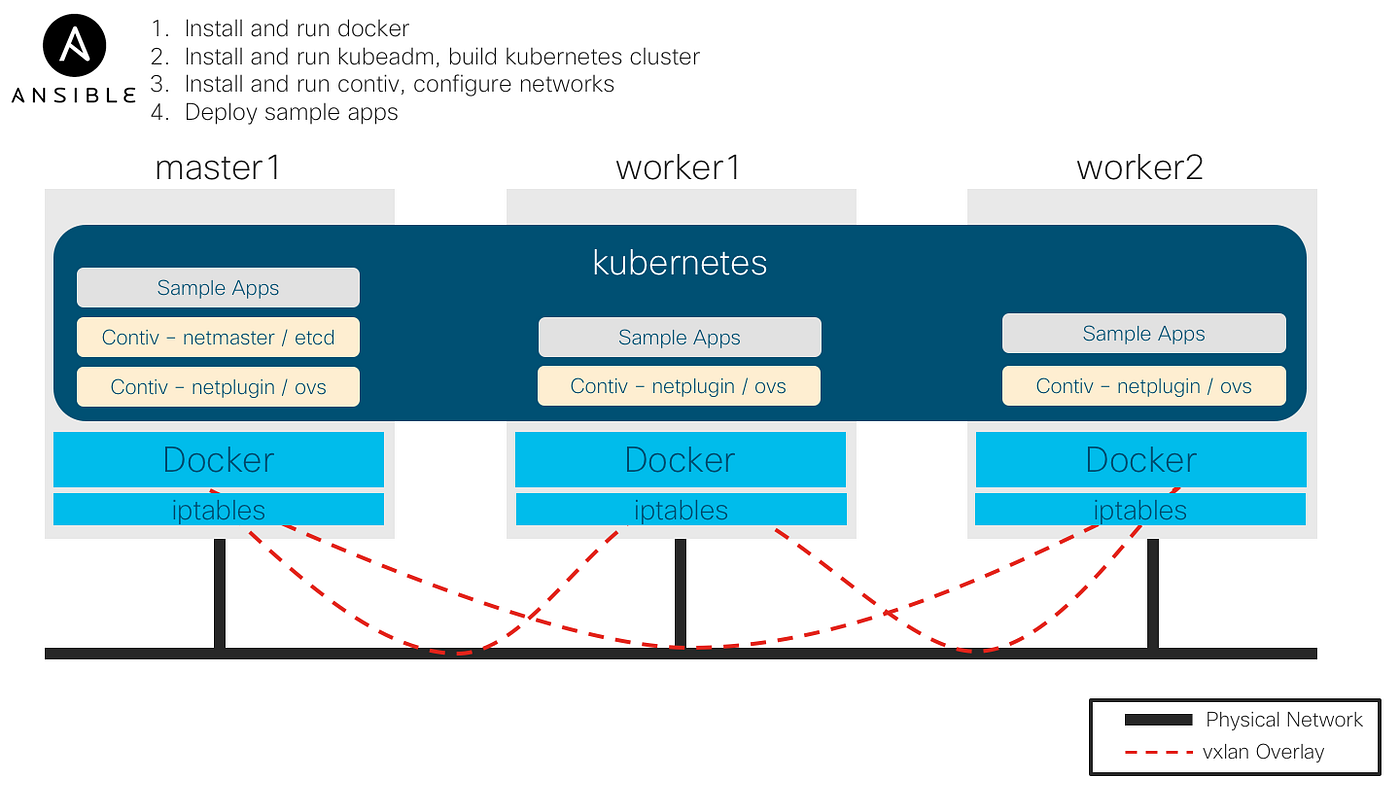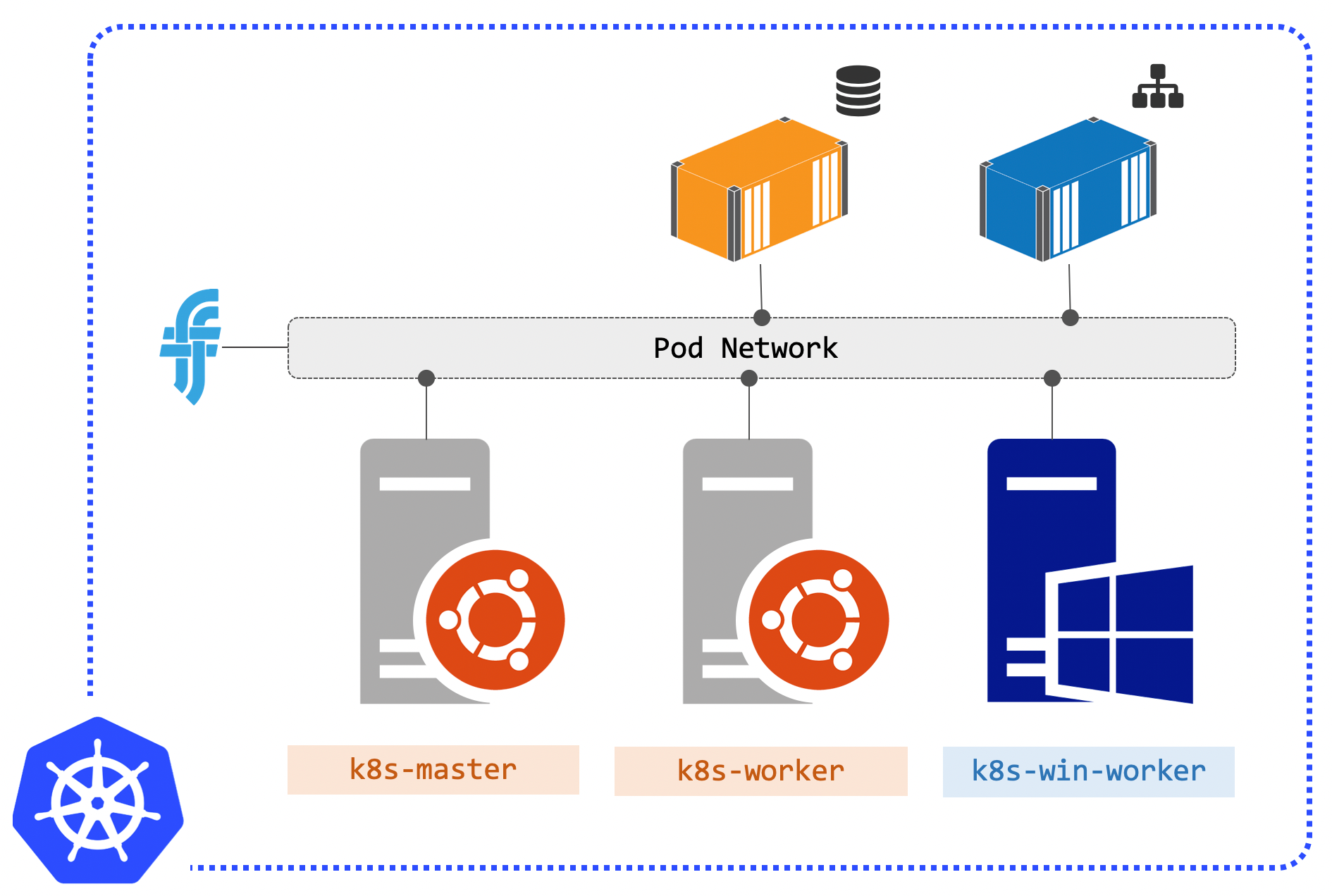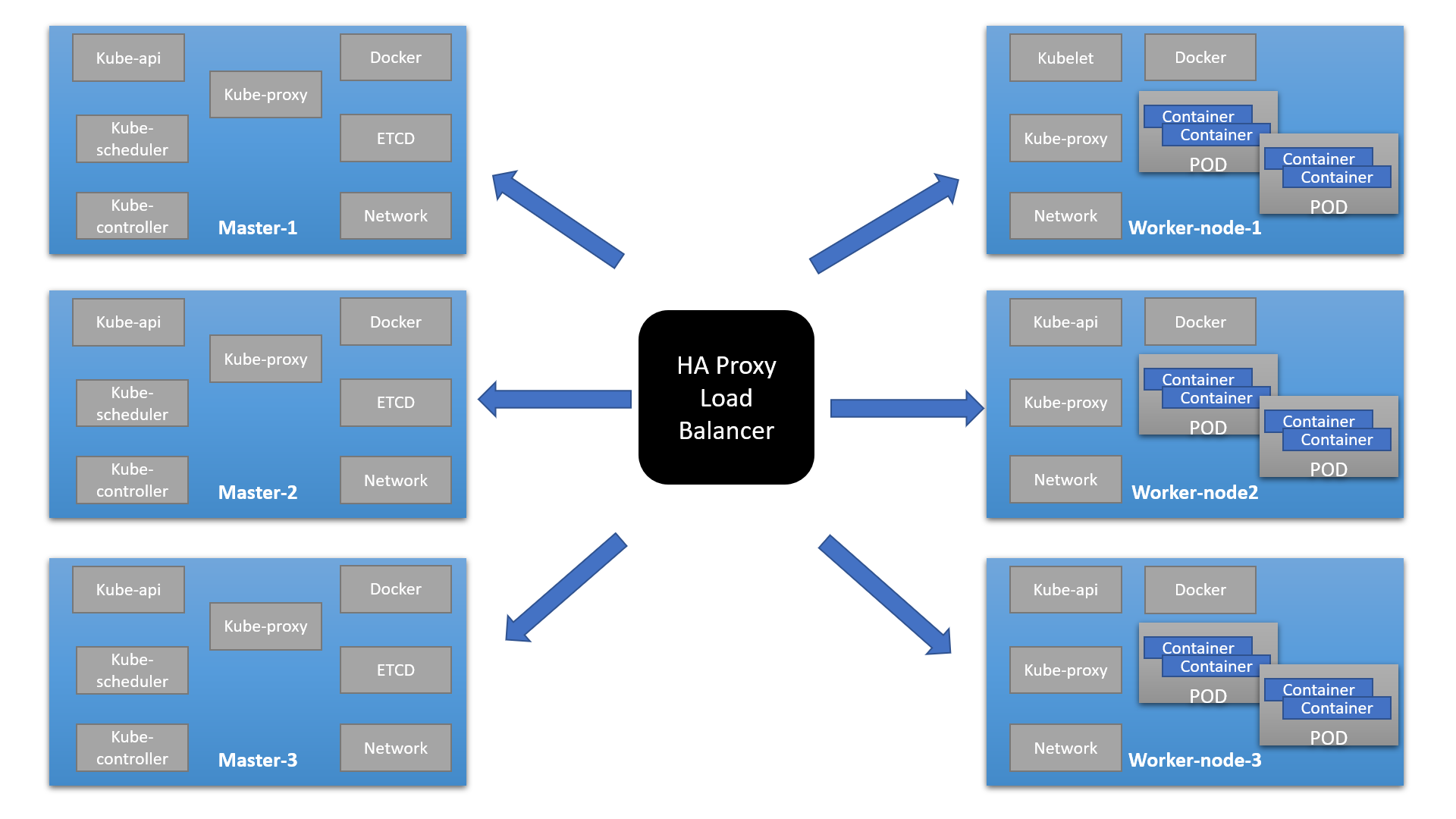

- Installing docker and kubernetes on ubuntu install#
- Installing docker and kubernetes on ubuntu full#
- Installing docker and kubernetes on ubuntu software#
- Installing docker and kubernetes on ubuntu download#
This process will download the binary, move it to a location
Installing docker and kubernetes on ubuntu install#
Next, we will install kubectl: $ sudo snap install kubectl -classic # verify the version of the kubectl utility $ kubectl version Install Minikube # check that the Docker service is functioning by printing # information about the installation $ docker version

# you will need to add your user to the 'docker' group in order # to successfully interact with the Docker service $ sudo usermod -aG docker $( whoami ) # next, log out/log back into the host machine in order for group # settings and environment to align $ exit $ ssh 192.168.1.233 In order to install Minikube, we will first install the following prerequisites:įirst, let’s install Docker (per documentation): $ wget -qO- | sh
Installing docker and kubernetes on ubuntu software#
RAM: 3 GB (device used originally 4GB, but failed memory module decreased available memory)Īdditionally, the following are the versions of software utilized at the time of this post (for.Details related to the host machine are as follows: The steps in this post are executed on an older physical server running the Ubuntu operating system Now that we’ve learned a few core concepts/terminology, let’s get started with implementing andĮxperimenting with a Kubernetes setup. This tutorial will not utilize all of the above concepts/abstractions, but they are useful to understand Node: A worker machine that is available for running applications/servicing various other types of.


“Equivalent” descriptions next to each core concept for the basic object definitions - these are notĮntirely accurate, but are a way of thinking about these new concepts within Kubernetes if you areįamiliar with legacy/traditional VM-based load-balanced applications and micro-services: Kubernetes Part 5: Linking Application with Database (Discovery)įirst, let’s start with some basic object definitions for the Kubernetes application.Kubernetes Part 4: Application Deployments (The Smart Way - YAML Files).Kubernetes Part 3: MySQL Database Deployment.Kubernetes Part 2: Python Flask Application Deployment.Kubernetes Part 1: Core Concepts and Installation (Minikube).SeriesĪs noted, this is Part 1 of the 9-part series: Service discovery, and other beneficial concepts that Kubernetes offers out of box. Of a Python Flask application with MySQL backend and explore concepts such as scaling, auto-healing,
Installing docker and kubernetes on ubuntu full#
The series of posts will walk through a full implementation The first in a series of posts geared towards a deeper understanding of the Kubernetes orchestrationĪpplication via the use of the Minikube implementation of With Kubernetes in the past, I’ve not taken the required time to learn theĬore concepts of Kubernetes to really grasp all the possibilities the technology offers. Although familiar with Docker containers and superficially played


 0 kommentar(er)
0 kommentar(er)
